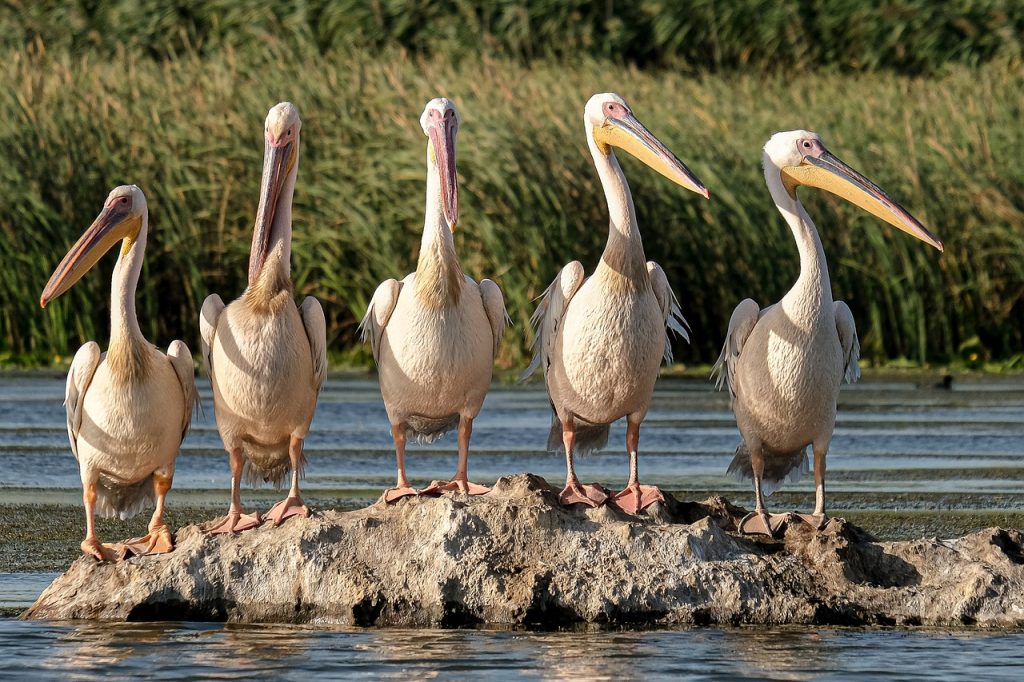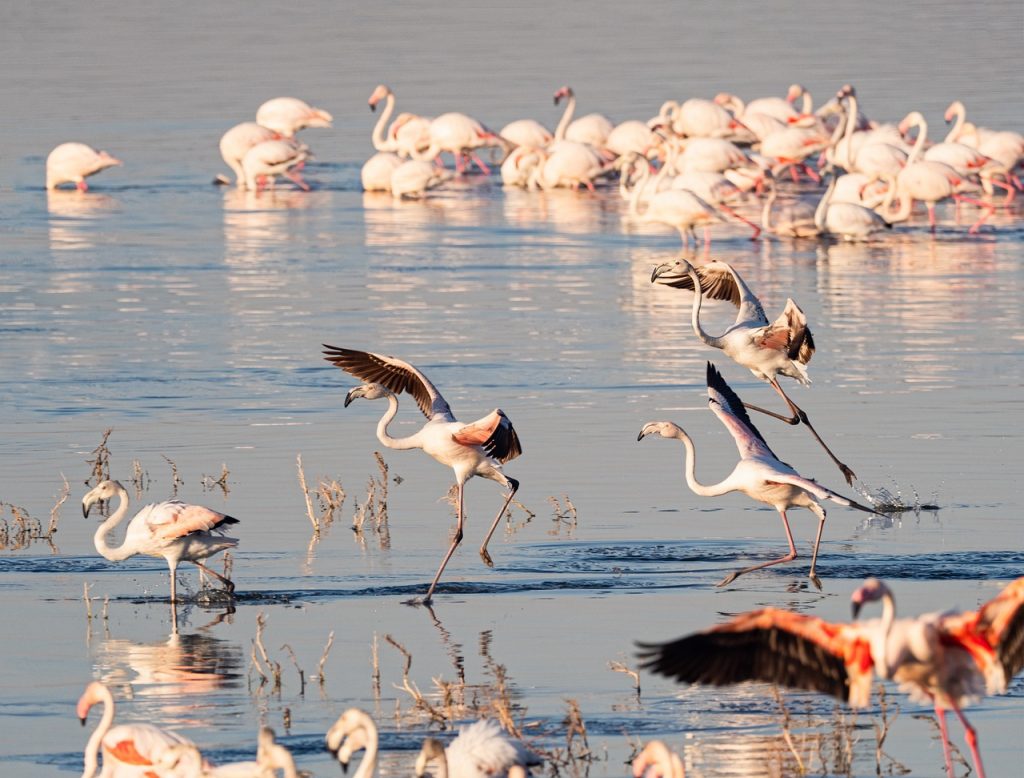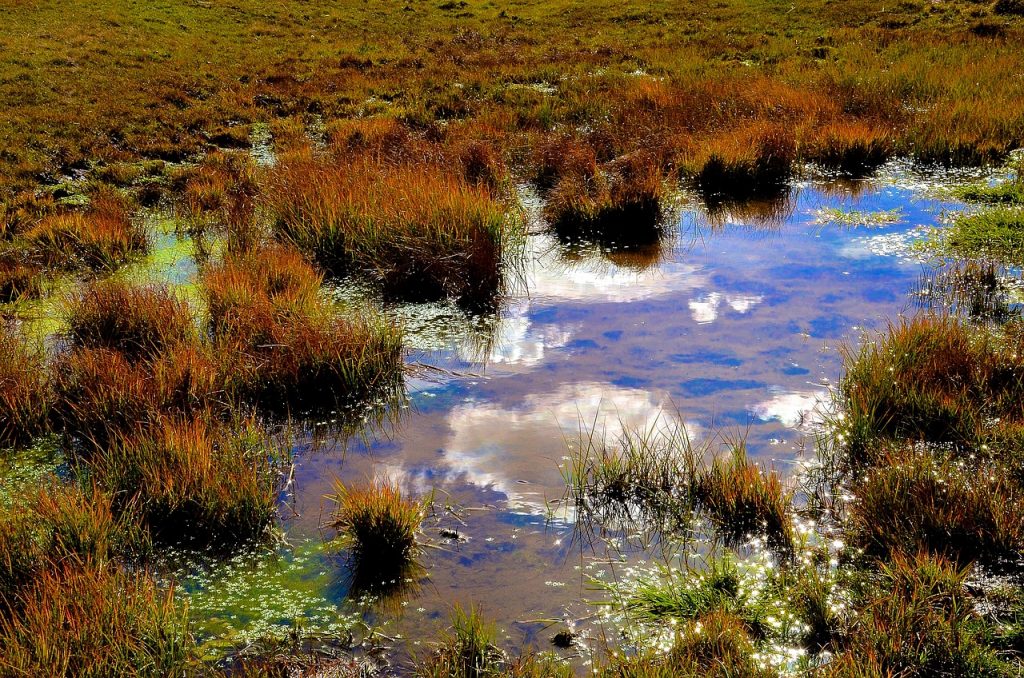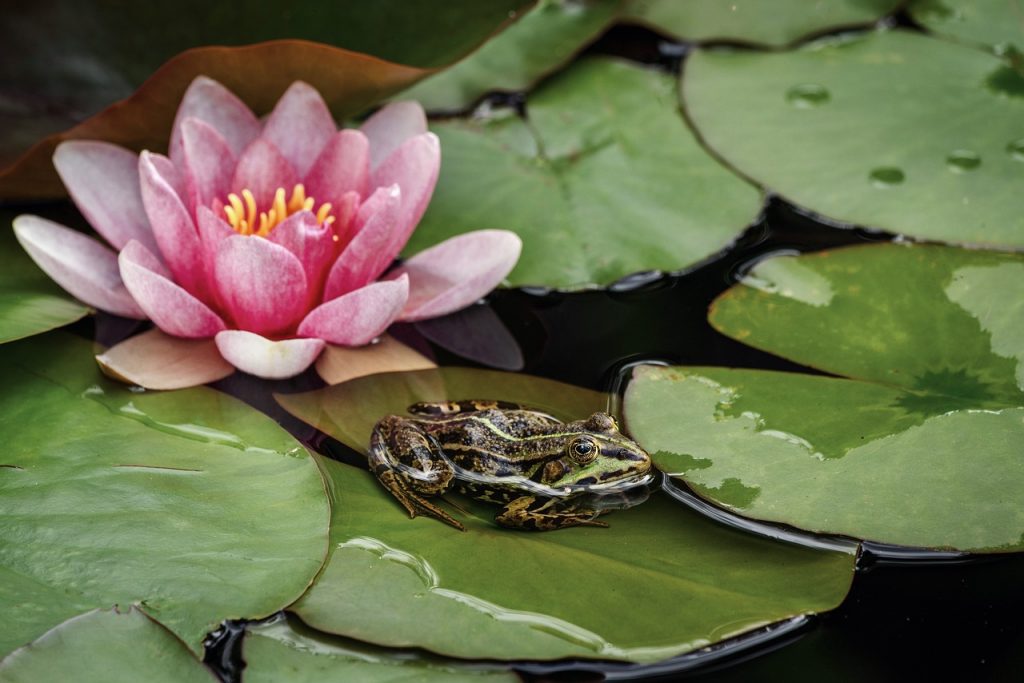In 1971, the world met in the Iranian city of Ramsar to establish the Ramsar Sites Convention, a pivotal event also referred to as the Wetlands Convention. This convention, officially ratified as a binding treaty in 1975, holds paramount significance in environmental conservation. Its primary objective is to safeguard and promote the sustainable use of wetlands of international importance across the planet.
A wetland is a distinctive ecosystem flooded by water either permanently (for years or decades) or seasonally (for weeks or months). In a wetland such as a swamp, you will find that water covers the soil or is present just beneath the surface of the soil. These areas are vital habitats for a variety of plant and animal life specially adapted to such conditions. So, this treaty was a much-needed legislation that has ensured the survival of wetlands over the years.
Kenya is home to very crucial Ramsar Sites that harbor important plants and wildlife. Read on as Kendirita Tours explores these sites and their significance to the region and the world.
Lake Nakuru National Park

Lake Nakuru, situated in the heart of the Great Rift Valley, is one of Kenya’s most famous Ramsar Sites. Designated in 1995, this park is renowned for its vast flocks of flamingos that adorn the lake’s surface, creating a breathtaking pink hue visible from kilometers away.
The wetland is not only a critical habitat for flamingos but also hosts numerous other bird species, including pelicans, cormorants, and eagles. Lake Nakuru National Park is also home to diverse plant and animal species, contributing significantly to the region’s biodiversity.
Lake Bogoria National Reserve

Another jewel in Kenya’s Ramsar crown is Lake Bogoria National Reserve, designated in 2001. It is an alkaline lake located in the Great Rift Valley and famous for its geysers, hot springs, and thriving birdlife. The reserve provides a vital habitat for thousands of flamingos and other waterfowl, making it a crucial breeding ground for several species. The unique geological features, combined with the diverse avian population, make Lake Bogoria a must-visit Ramsar Site for nature enthusiasts and researchers alike.
Tana River Delta

Designated in 2012, the Tana River Delta Ramsar Site is a sprawling wetland complex on the Kenyan coast. This site is characterized by its extensive mangrove forests, sand dunes, and interconnected river channels.
The delta is a critical habitat for numerous bird species such as the African skimmer while also hosting the Tana River mangabey, a highly endangered primate. Furthermore, it serves as a breeding ground for diverse fish species among them the silver catfish and the redfin robber.
The Tana River Delta underscores the interconnectedness of terrestrial and aquatic ecosystems, emphasizing the importance of preserving such wetlands.
Lake Elementaita

Lake Elementaita, a shallow soda lake snuggled in the eastern part of the Great Rift Valley, was designated as a Ramsar Site in 2005. The lake is a vital habitat for a variety of bird species, including pelicans, cormorants, and flamingos.
The surrounding acacia woodlands provide refuge for diverse wildlife, including giraffes, monkeys, zebras, and antelopes. The conservation of Lake Elementaita emphasizes the importance of safeguarding not only the wetland itself but also its adjacent terrestrial ecosystems.
In conclusion, Kenya’s Ramsar Sites stand as a testament to the country’s commitment to global wetland conservation. These designated areas play a key role in preserving biodiversity, supporting migratory bird species, and ensuring the sustainability of essential ecosystem services. As Kenya continues to address environmental challenges, the Ramsar Sites serve as beacons of hope, illustrating the importance of international cooperation in safeguarding our planet’s wetlands for generations to come.
Writer: Winnie Wekesa
